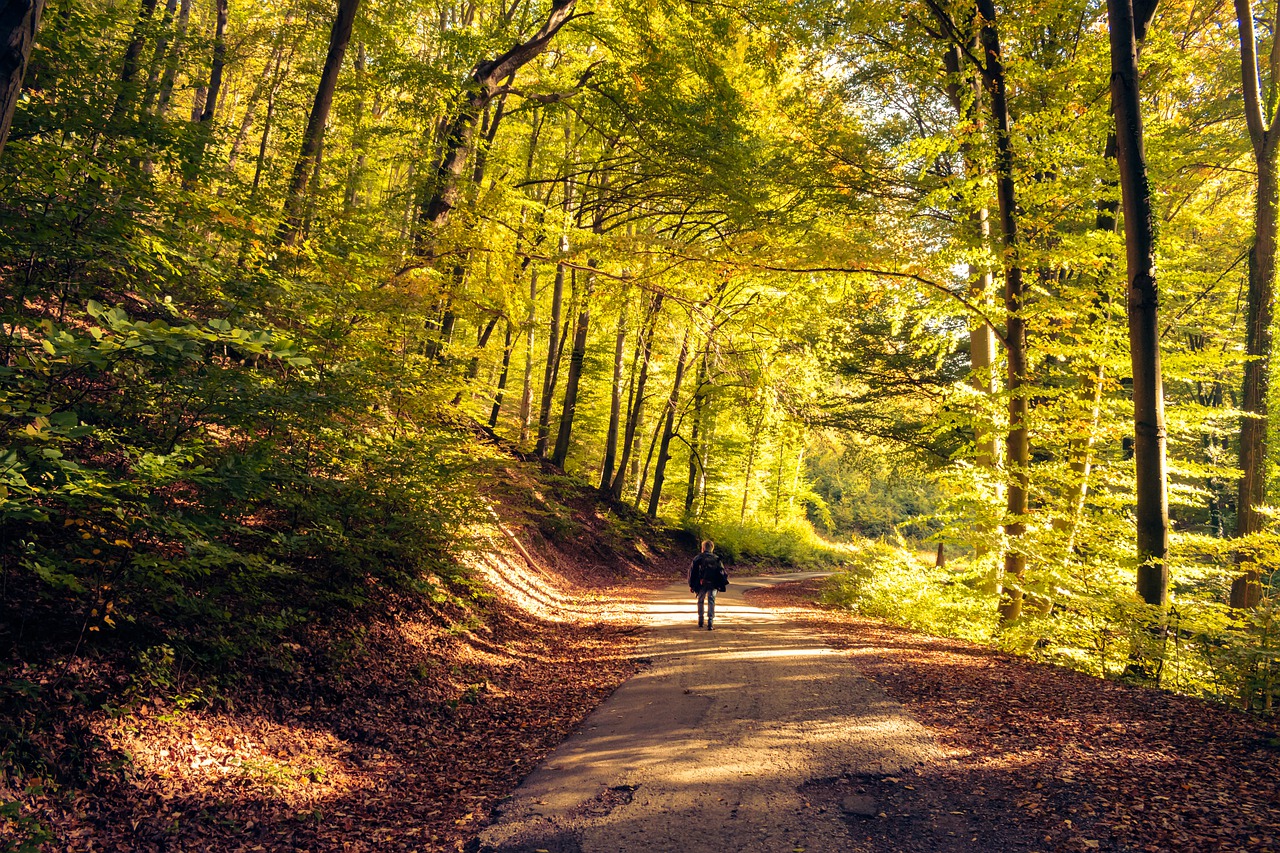Exploring National Parks: Nature’s Playground for Outdoor Enthusiasts
Venturing into the vast expanse of national parks offers a unique opportunity to immerse oneself in the beauty of nature. The rich tapestry of landscapes, from towering mountains to meandering rivers, showcases the diverse range of ecosystems preserved within these protected areas. Visitors are greeted by the symphony of sounds from chirping birds, rustling leaves, and flowing water that harmonize to create a peaceful ambiance that soothes the soul.
Trails wind through ancient forests, revealing hidden gems such as cascading waterfalls and panoramic vistas that take one’s breath away. Each turn offers a new perspective, a fresh glimpse of nature’s raw and unbridled magnificence waiting to be admired. The vibrant colors of blooming wildflowers, the striking contrast of rock formations against the sky, and the serene beauty of reflective lakes all contribute to the visual feast that national parks generously lay before those who seek to explore.
The History of National Parks in the United States
One of the earliest proponents of creating national parks in the United States was George Catlin, an American artist, and conservationist who, in the 1830s, proposed the idea of establishing a “Nation’s Park” that would preserve the country’s natural wonders. However, it wasn’t until 1872 that the world’s first national park, Yellowstone, was officially created by an act of Congress and signed into law by President Ulysses S. Grant. This landmark legislation set a precedent for the conservation of unique natural landscapes and inspired the establishment of a system of protected areas across the country.
The early 20th century saw a significant expansion of the national park system, thanks in large part to the efforts of President Theodore Roosevelt. Between 1901 and 1909, Roosevelt set aside over 230 million acres of public land for conservation purposes, including the establishment of five national parks – Crater Lake, Wind Cave, Sullys Hill, Mesa Verde, and Platt. His dedication to preserving America’s natural heritage laid the foundations for future administrations to continue adding to the network of national parks that now encompasses over 400 areas of ecological and historical significance.
When were the first national parks established in the United States?
The first national park, Yellowstone National Park, was established in 1872.
How many national parks are there in the United States?
There are currently 63 national parks in the United States.
What is the purpose of national parks in the United States?
National parks are established to protect and preserve natural and cultural resources for future generations to enjoy.
Who is responsible for managing national parks in the United States?
The National Park Service, a federal agency within the Department of the Interior, is responsible for managing national parks in the United States.
Can you camp in national parks?
Yes, camping is allowed in many national parks, but it is important to follow all rules and regulations to protect the park’s resources.
Are national parks free to visit?
While many national parks have entrance fees, there are also several fee-free days throughout the year where entrance is free for all visitors.
What is the most visited national park in the United States?
Great Smoky Mountains National Park, which straddles the border between North Carolina and Tennessee, is the most visited national park in the United States.





